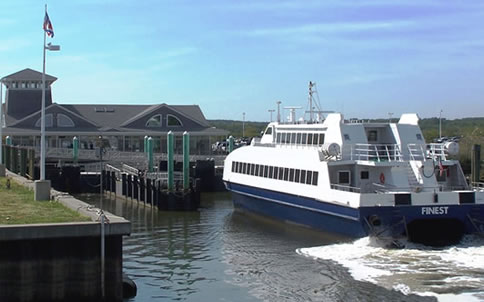IMPORTANT OF INCOTERM IN INTERNATIONAL TRANSACTION
Incoterm are agreement between seller and buyer. Its about a delivery of goods in international transaction from the seller to the buyer.This incoterm can makes transaction are more easily to both party. Their must agree as what it is in that agreement. This incoterm also can change ownership from the seller to the buyer base on the agreement and their must agree about it. Its like base on agreement, the both party will choose what the term their will use. Their will take a risk, cost of transportation,and insurance base on their agreement in incoterm. It can easy to identify where the location should seller or buyers takes a risk and responsibilities of transportation. Without incoterm, gross profit on international transaction cannot be determined.
TERMS IN INTERNATIONAL COMMERCIAL TERMS ( INCOTERM 2010 )
Ex Works ( EXW)
Seller just have responsibilities to the goods until the goods are packaging at factory of seller's place. After that buyers must responsibilities for cost of transportation, risk, and insurance.
Free Carrier (FCA)
Seller just have responsibilities to the goods until the goods are put in the lorry at the seller's place.
After that buyers must responsibilities for costs of transportation, risk, and insurance.
Free Alongside Ship (FAS)
Seller just have responsibilities to the goods until the goods are loading at port of shipment at the seller's place.After that buyers must responsibilities for costs of transportation, risk, and insurance.
Free On Board (FOB)
Seller just have responsibilities to the goods until the goods are put in a ship at port of seller's place.After that buyers must responsibilities for costs of transportation, risk, and insurance.
Cost and Freight (CFR)
Seller just have responsibilities a costs of goods until a goods in a ship at port of customer's place. After that buyers must responsibilities it.For a risk and insurance, a seller must responsibilities until a goods in a ship at port of seller's place. Then the buyers will responsibilities it.
Cost, Insurance and Freight (CIF)
Seller just have responsibilities a costs of goods until a goods in a ship at port of customer's place. After that buyers must responsibilities it.For a risk and insurance, a seller must responsibilities until a goods in a ship at port of seller's place. Then the buyers will responsibilities it.
Carriage Paid To (CPT)
Seller just have responsibilities a costs of goods until a goods arrive at terminal charges of buyer's place. After that buyers must responsibilities it. For a risk and insurance, a seller must responsibilities until a goods are put in the lorry at seller's place. Then the buyers will responsibilities it.
Carriage and Insurance Paid To (CIP)
Seller just have responsibilities a costs and insurance of goods until a goods arrive at terminal charges of buyer's place. After that buyers must responsibilities it. For a risk of goods, a seller must responsibilities until a goods are put in the lorry at seller's place. Then the buyers will responsibilities it.
Delivery Duty Paid (DDP)
Seller have responsibilities a costs,risk,and insurance of goods until a goods are put in the lorry at seller's place.Then the buyers will responsibilities it.
Delivery At Place (DAP)
Same with DDP. Seller have responsibilities a costs,risk,and insurance of goods until a goods are put in the lorry at seller's place.Then the buyers will responsibilities it.
Delivery At Terminal (DAT)
Seller have responsibilities a costs,risk,and insurance of goods until a goods are arrive at terminal charges of buyer's place.Then the buyers will responsibilities it.




